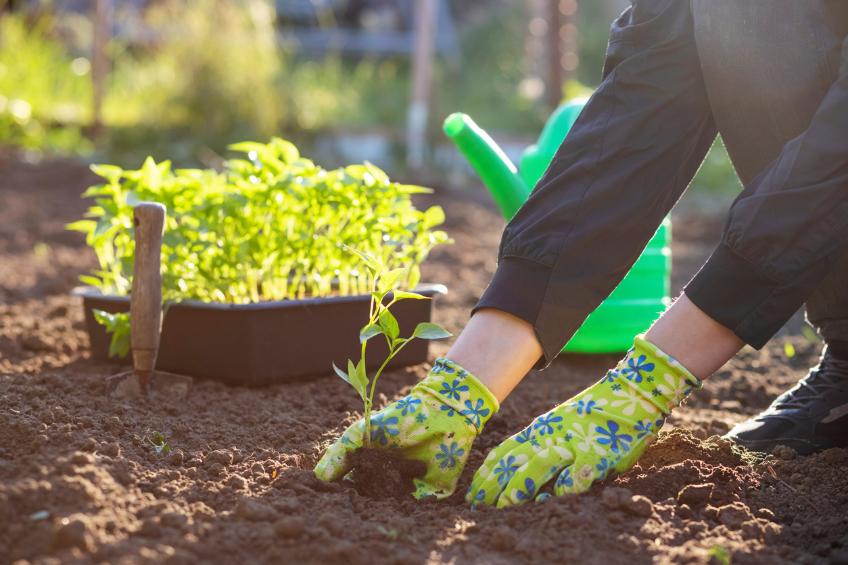

Late summer gardening in Utah may be both challenging and enjoyable. Gardeners confront distinct challenges and opportunities when the hot days of August give way to the cooler days of September. The relentless sun and dry circumstances put even the most experienced green thumbs to the test, but with careful planning and smart techniques, your garden can thrive and shine until the end of the season. Here's how to maintain your plants healthy and beautiful throughout these pivotal months.

Utah's environment poses unique problems for gardeners, especially in late summer. The extreme heat and low humidity can cause plant stress, resulting in withering, sunburn, and pest infestations. Watering becomes an essential duty, and selecting the correct plants can make a big difference in how well your garden survives the severe conditions. Furthermore, preparing for the forthcoming fall transition necessitates careful preparation to keep your garden both beautiful and productive.
Watering efficiently is essential for a healthy garden in late summer. The greatest time to water your plants is in the early morning, when moisture may reach the roots before the day's heat causes it to evaporate. Deep watering is more helpful than regular, shallow watering because it helps roots to grow deeper, making plants more drought-resistant.
Mulch is another effective approach. Mulch helps to retain soil moisture, reduce weeds, and maintain soil temperature stability. Organic mulches, such as straw, bark chips, or compost, can improve soil quality as they decompose.
Choosing drought-resistant plants is an excellent method to ensure that your garden can weather Utah's dry spells. Native plants are usually well-suited to the local environment and require less water and upkeep. Consider growing drought-tolerant types like sagebrush, penstemon, and yarrow, which also attract pollinators.
Understanding these plants' individual requirements is necessary for proper care. While they use less water, it is still necessary to thoroughly water them during lengthy dry spells. Pruning and deadheading can also lead to healthy growth and more flowers. Additionally, putting plants with comparable water requirements together can improve irrigation efficiency and effectiveness.
Pests can be especially troublesome in late summer since the warm temperature increases their life cycles. Regularly examining your plants for symptoms of infestation might help you identify problems early. Look for damaged leaves, holes, or discolored areas, which may indicate the presence of pests such as aphids, spider mites, or caterpillars.
Using integrated pest management (IPM) tactics can help keep pest populations under control. This involves promoting natural predators like ladybugs and lacewings, utilizing barriers like row covers, and using organic insecticides as a last resort. Proper watering and fertilizer can also help plants stay healthy and less vulnerable to pests.
As summer comes to an end, it's time to start thinking about fall garden preparations. This transition period is an ideal time to grow cool-season crops such as kale, spinach, and broccoli, which may be harvested far into the winter months.
Begin by removing any wasted summer plants and replenishing the soil with compost or a balanced fertilizer. This restores nutrients while improving soil structure. Planting cover crops like clover or winter rye helps protect the soil from erosion while also adding organic matter when tilled in the spring.
Pruning perennials and removing dead or damaged foliage helps to minimize disease spread while also keeping your landscape neat. Consider applying a fresh layer of mulch to protect plant roots as temperatures begin to decrease.
By following these guidelines, you can ensure that your Utah garden maintains a colorful paradise during the late summer heat and seamlessly transitions into the cooler fall season. If you need help closing the blooming year on a high note, stop by The Dirt Bag for the best products.